|
Reader Brian F. is looking for a lost love. In this case it's a motorcycle, one he bought new right out of boot camp in 1987. The bike is a 1986 VFR750 (RC24) with a VIN ending in 000447. Brian sold the bike in 1995 in Bloomington, IL and the current title was issued in 2005. If anyone has knowledge of this bike, give me a shout.
0 Comments
This tutorial can also be found on the "Maintenance" page  I spent the better part of a day stripping Project 23, a 2002 VFR800, in preparation for fork maintenance together with some electrical additions. No surprises, and actually there's plenty of indicators that this bike has had some quality maintenance done throughout its life. Not surprising, as the previous owner added an extended warranty and service package when he purchased the 800 new. I found a clean K&N air filter in place, a nice surprise, and an inspection of the various body pieces shows nary a crack nor broken fastener. 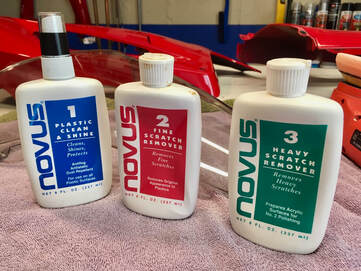 I've already begun buffing the plastic panels and the Italian Red really responds. After 17 years the windscreen is understandably showing some mileage, so this morning I tackled that project. I've used Novus plastic polishing products for many years, but I've also found that going through a refinishing process just like I use on painted surfaces works well also. Either way, we can do a lot for our windscreens with some time and effort. 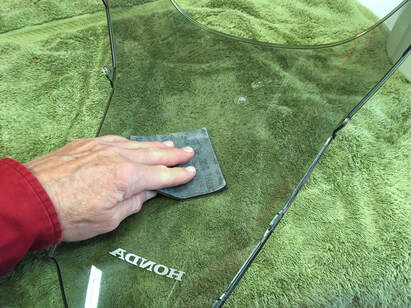 I begin the same as with a painted surface; a light sanding with a 5000-grit wet/dry sponge. Windscreens often have a coating of some sort for UV and scratch protection, so caution is called for here — only a very light sanding. I'm trying to get off scuffs, scratches and old bug marks. Bug juice left on for the long-term will actually imprint itself in paint and plastic. I first soak the screen overnight with a wet towel draped over the screen. Then a good scrubbing with a bug sponge, and then the light sanding. 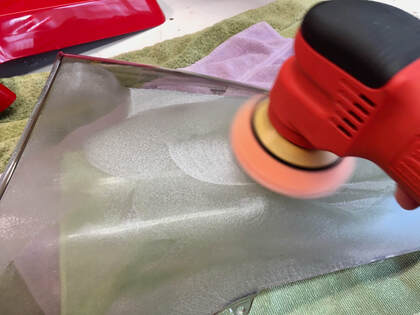 Next, I do a gentle, low-speed machine buffing with Meguiars #83 compound (or Novus #3), followed by a wipe and a second buffing with Meguiars Ultimate Compound (or Novus #2). I refinish one side of the screen completely before beginning the other. This allows me to gauge my progress through the clear plastic. 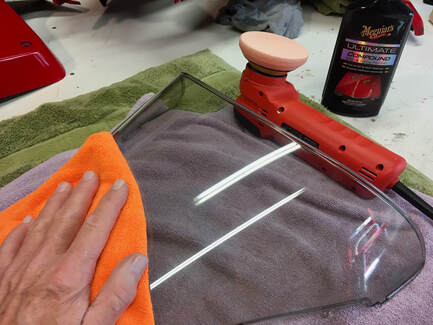 A final wipe with a clean microfiber cloth, then an application of Novus #1, Plastic Clean & Shine, to give gloss and protection. A quality car wax works well also. 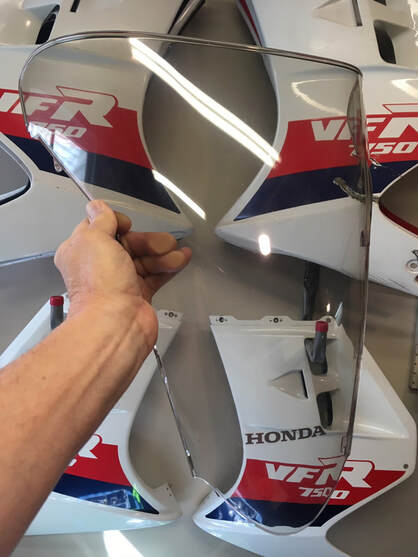 This 17-year old screen isn't perfect, but it will perfectly compliment this refurbished Interceptor. A word on plastics care. In my aviation days, I learned that the only things that should touch acrylics are water, your clean hands and microfiber cloth. Aircraft windscreens and windows are acrylic...expensive acrylic. The love you give them reflects in your pocketbook (and flight safety).
The safe way to clean acrylic is to flow clear, clean water over the screen while gently rubbing with the palm of your hand (no rings!) till the dirt and bugs dissolve. A diluted gentle soap can be used if necessary. Then dry with a known clean microfiber towel. If a drying towel is contaminated with any kind of grit it can't be used again till it's run through a washing machine (speaking of machine washing, never use fabric softener or dryer sheets when washing microfiber). The time to clean windscreens is right after riding when the bugs are still soft. If you find yourself with dried bugs, pre-soften them with a spray of hydrogen peroxide, allowing them to soften a few minutes before washing. I pack two small microfiber cloths when on a ride — one for my face shield and one for the windscreen. I also pack a small, clean water-soaked cloth in a ziplock baggie for washing the shields, which goes into the wash after the ride. NEVER use spray cleaners containing ammonia (Windex), gas station water, scrub brushes, or any paper towel products to clean acrylics!! You're doing more harm than good. Okay, rant over. I received a fresh set of tires last week for Project 24, a 1995 RC36 model which wears radial tires, and out of curiosity set them next to a set of bias-ply tires from the RC24/26 Interceptor ('86-87). The increased width of the newer generation radials was immediately evident, especially on the rear — the fronts are spec'd at 20mm wider and the rears 30mm. In the U.S. the change to radials came with the 1990 model. Why radials? Are they inherently better than bias-ply? Yes...in general. Both designs have their place, even today. Like many street bike advances, the use of radial tires on high-performance motorcycles was born of racing demands. As power and speeds increased back in the 80's, the old bias-ply designs couldn't take the heat of competition and so became a limiting factor in winning races. Radial design allows more sidewall flex but run cooler, increasing tire life. Other desirable effects include the ability to conform a bit better to road surface irregularities and provide a slightly larger contact patch (more grip). From a race tire engineer's perspective, an inherent limiting factor with bias-ply design is that the sidewall height must increase as the width increases, so to get a nice fat tire, the diameter grew — not good. Radial design has no such correlation.
But wait...it's not all bad news for the old bias-ply, and for the sport bike crowd it centers around the concept of "handling." That all-encompassing word has a whole boatload of variables, but tires are a big one. When you ride an RC24/26 ("skinny" tired) beside a later model ("fat" tired) what becomes noticeable is something called "turn-in." The older bike seems a little lighter on its feet...but the bike's not physically lighter. This is due to two forces of physics. One is that, other factors being similar, a narrower tire has less rotating mass (think gyroscope) and so can change direction more easily (this was also the thinking behind the popular use of a 16-inch front wheel back in the day). The other is a combination of the contact patch's offset from the bike's centerline (when leaned) and its resulting effect on the bike's center of gravity. The net effect is that a narrower tire can take the same turn at the same speed, but at less lean angle compared to a wider tire. For us mortal street riders, it provides a much appreciated benefit — we don't have to lean as far (for a given speed) on our skinny tired machines, giving an extra margin of safety. An interesting historical fact: The hallowed RC30 spec'd a bias-ply/radial combination during its production — the front a Bridgestone Excedra 120/70 17, the rear a Bridgstone Cyrox 170/60 R18. While such a mix is generally considered sinful, the engineers must have had their reasons. I like radial tires as much as anyone, but don't feel sorry for us RC24/26 riders. Our bikes' handling mirror their look; light and athletic. The illustrations below help to illustrate the forces at work here. (source: Total Control, by Lee Parks) I will be marinating on a warm beach till March 12th, intentionally far enough away that cell phone and internet will be a distant memory. Ahhhh....
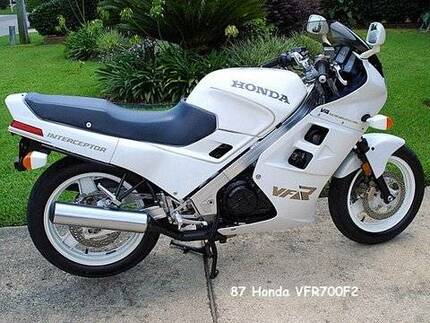 Click on image for the C-list ad. Click on image for the C-list ad. What: 1987 VFR750 F2 Where: Ft. Walton Beach, Florida Why: A beautiful pearl example Price: $4500 In the second (and final) year of the second-gen Interceptor, Honda offered only the "tariff beater" 700cc F2 model, in either blue/gray or elegant Pearl Crescent White. This beautiful example is being offered as an "all original" bike with "some restoration work," showing only 10,000 miles. Our seller is an older gent with great taste and an eye for detail. The maintenance has been brought up to date, but no mention of a rear seat cowl. The asking price is in line with a low-mileage, mostly original F2, well-kept and ready for its next proud caretaker. And the hits just keep on coming. One of my favorite moto-writers, John Burns, did an online article for Motorcycle.com earlier this year titled "Top Ten Used Motorcycles Under $5000." An ambitious project to be sure, as 5 Gs will put a lot of great bikes in your garage. Heck, it wasn't too long ago that I bought a showroom new left-over Triumph Bonneville for $5250. And any number of pristine used VFRs can be had for even less. But John has come up with a viable list, and sitting at number one spot...drum roll...the Honda VFR800 VTEC. Here's what John has to say:
"I think Honda never built the VFR1000R of our dreams because it was miffed that we never collectively fully embraced the beauty of the VFR800, specifically the sixth generation of the bike that ran from 2002 to 2013. Rather, we all complained about its VTEC system, which has that delectable V-Four breathing through only two valves per cylinder at low rpm, and all four above 7000 rpm or so. It added a bit of weight and complexity, but not really enough of either to mask a motorcycle that belongs on the shortlist for all-time GOAT streetbike: competent as all get-out for sporting use, as well as an excellent commuter and sport-tourer. Lots of people are scared off by expensive valve adjustments; three mechanics I’ve talked to tell me they’ve never seen one of these with a valve out of spec, and their advice is just ride the thing. They’re all over the place for under $5k, including the 2007 25th Anniversary edition pictured, some even with factory hard bags." GOAT = "Greatest Of All Time" (I had to look it up) I'm sure the VFR-isti will debate the VTEC choice, but, in fact, all the VFRs are list-toppers. Just look at all the lists they've topped over the years. Here's the rest of John's contenders: 2. Air-cooled Ducati (2-valve, belt-drive) 3. Aprilia Tuono 4. Triumph Street Triple 675 5. H-D XR1200 6. Any Buell 7. KTM 690 Duke 8. Yamaha Road Star Warrior 9. Yamaha FZ1 10. Kawasaki Concours 14  Click on image for the C-list link. Click on image for the C-list link. Honda was not alone in developing V4-powered models in the mid-eighties. Other manufacturers joined in with their own variations on the V4 theme. Yamaha developed a 1200cc V4 to power its Venture, a fully-faired big tourer to challenge the Gold Wing. In 1985 Yamaha used a variation of the engine in the new V-Max, a power cruiser channelling American muscle cars of the 60's and 70's — all muscle, no finesse. In fact, Yamaha claimed 140 HP from this motor, a tall number in 1985. By comparison, the 1983 Honda V65 (1098cc) claimed a relatively tame 100 horses. What makes this V-Max special is the low number of miles; only 230. Someone was betting on these monsters appreciating and has priced it accordingly — $7995. For more on the V-Max, here's a Retrospective article from Rider magazine.  Yesterday I tackled the carbs on Project 24, a 1995 VFR750 (49-state). Upon dissassembly, it became evident that these carbs had been serviced in the not-to-distant past — they are very clean and sport new jets. The arrow points to the pilot jet air screw; see below for more on that. (Below) The only anomaly that I came across has to do with the pilot screws. One of the assemblies was missing its tiny o-ring and another its tiny washer, which I promptly located in a neighboring carb. You just never know what someone has handed you with a new project. These later model carbs have the pilot screw in a unique location under the carb body. The screws also use a special D-shaped socket head, probably an attempt at foiling home-brewed adjustments which would run afoul of the factory emissions settings. I have the required socket, but I always take a minute to cut a groove into the head of the screw to allow a straight-blade screwdriver to work with these jets. This gives me a little more finesse in adjusting the air mixture. And, speaking of adjustments, I also take the screw out a bit from the factory setting (1 5/8 turns out) to a full 2 turns. This enriches the mixture just a bit for better drivability. Or at least that's my story, and I'm sticking to it. (click on an image to enlarge)  (Right) The next thing I came upon was this DynoJet needle, indicating a jet kit has been installed. This bike features a K&N air filter and Micron muffler, so the jet kit makes sense. Another interesting feature of these last carbureted VFRs is that the floats are non-adjustable. They're either correct...or they're to be replaced. Fortunately, mine were right on. After a full service, these carbs are ready to be reunited with their V4. But first, I'll check valve settings and compression. The final step is syncing the carbs. Project 24, a 1995 VFR750, was stripped of its robes yesterday. This is always the first stage in my process and reveals both the cosmetic condition and much about the mechanicals. In this case, the bodywork is showing a few small cracks here and there along with small areas of rash. After a thorough cleaning the plastics are broken down into their component pieces, repairs are made, then the paintwork sanded and machine buffed. 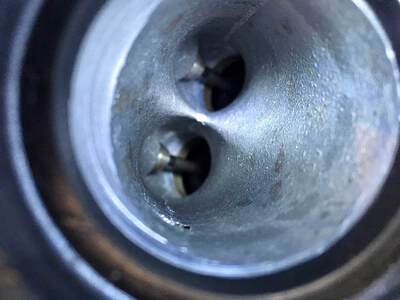 With the carb set removed I immediately give a peek into the intake tracts. It's difficult to get a good photo, but these are probably the cleanest I've seen on an old VFR. Carbon buildup is common on the upper valve surfaces and even works its way up the stem. At 39,000 miles these valves are barely affected. The carbs also look pretty clean (they've likely been serviced at some point) but they'll get a full cleaning and o-ring updates. The engine valley under the carbs is usually a mess, and this one's no exception. Fifteen minutes of cleaning does wonders. I take care to cover the intakes with zip-tied plastic for cleaning and storage. Those small hoses will be replaced while I have access — for more on that procedure, see the Maintenance page; "Small Coolant Hose Generic Replacement." (click on an image to enlarge) A fresh set of Avon Spirit GT tires arrived this week, but that's a ways down the road.
John Haynes, founder of the Haynes Publishing Group and creator of the ubiquitous Haynes Workshop Manuals, passed away on February 8th at age 80. A car and bike guy from an early age, John discovered his publishing niche in 1965 when he realized that the factory service manual for his friend's "bugeye" Sprite wasn't suitable for the home mechanic...so he made his own. The rest is history, as they say, with his company going public in 1979. John's success allowed him his next passion — collecting. He founded the Haynes International Motor Museum in 1985, which grew to an impressive collection of more than 400 significant automobiles and motorbikes.
By all accounts John was genuine, compassionate, focused on family, and a true gentleman. His life and values were a reflection of The Greatest Generation in the best sense, and his legacy lives on in home workshops worldwide, including my own. Enjoy the ride home, John. |
THE SHOP BLOG
|
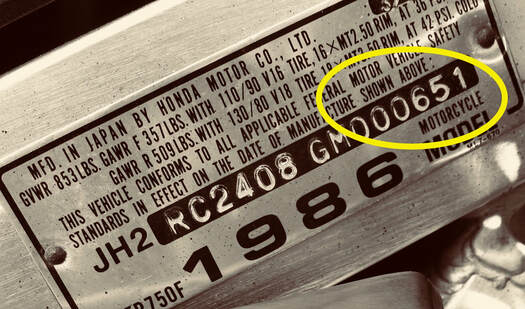
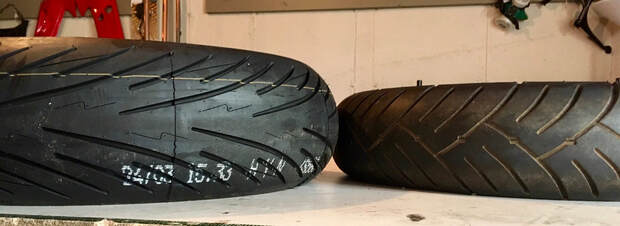

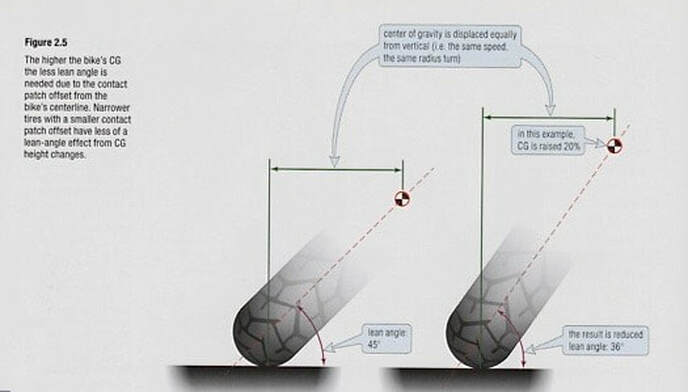
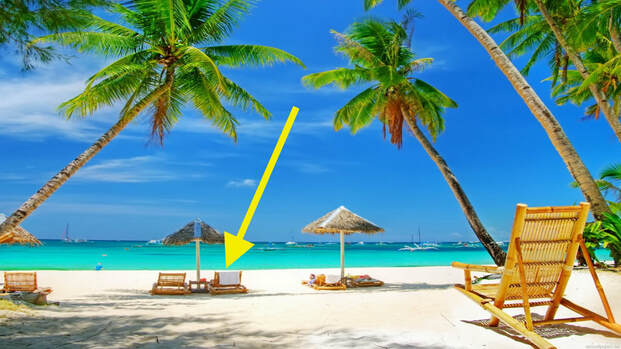






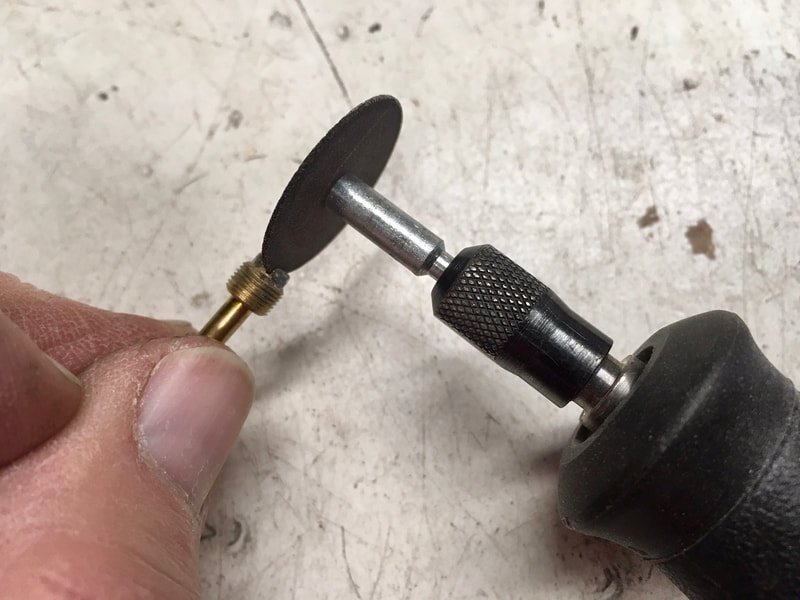



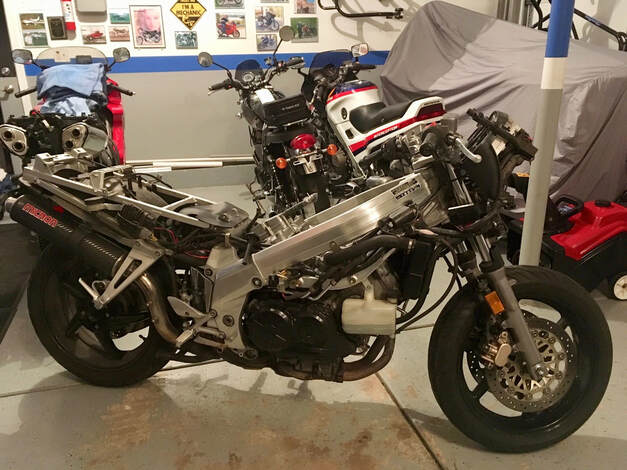

 RSS Feed
RSS Feed